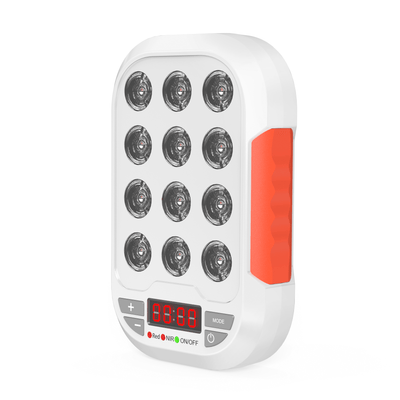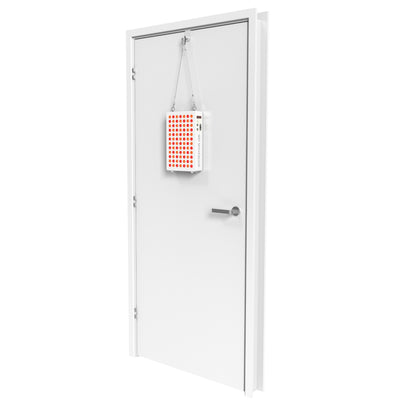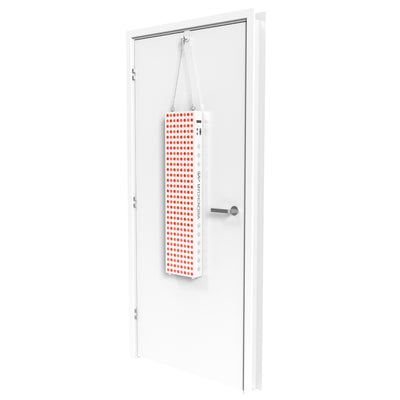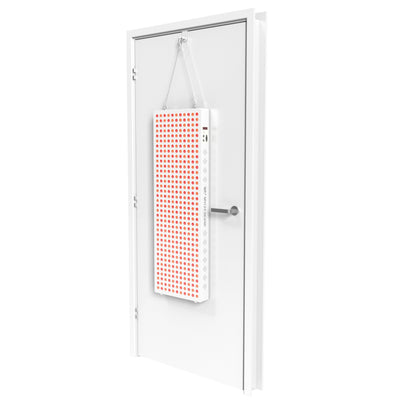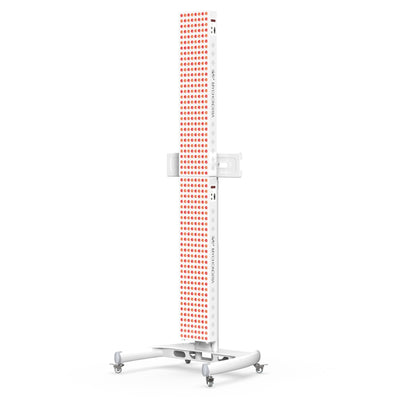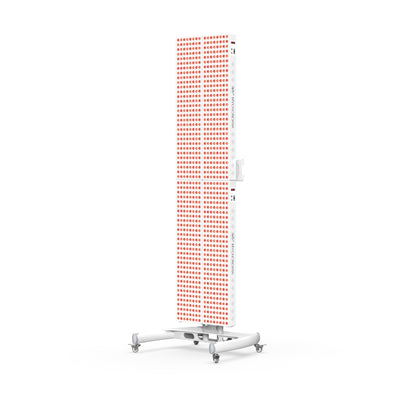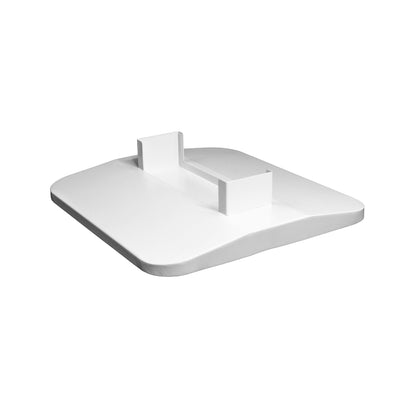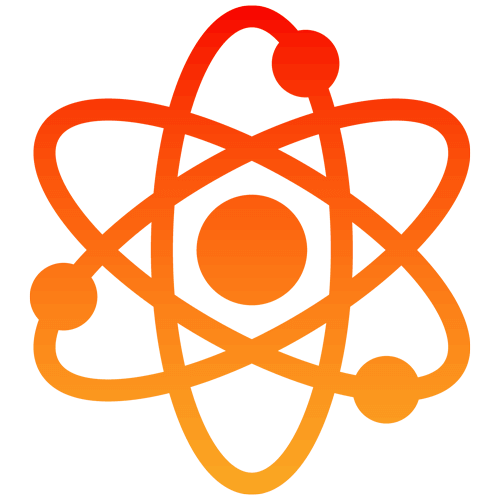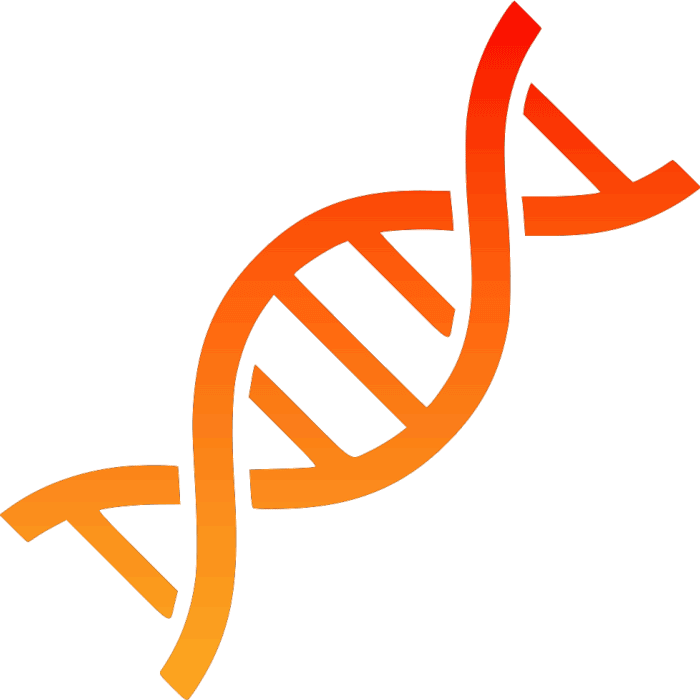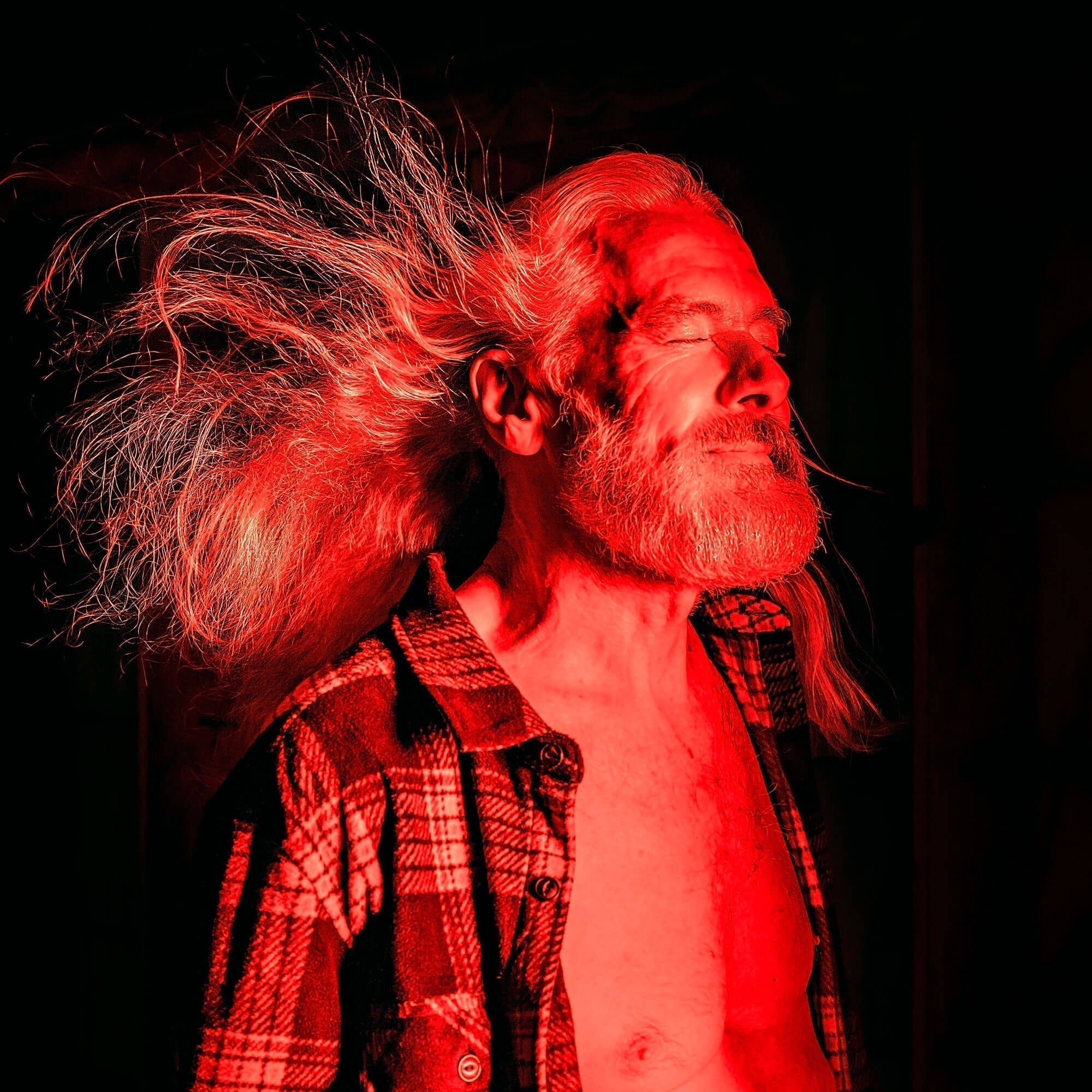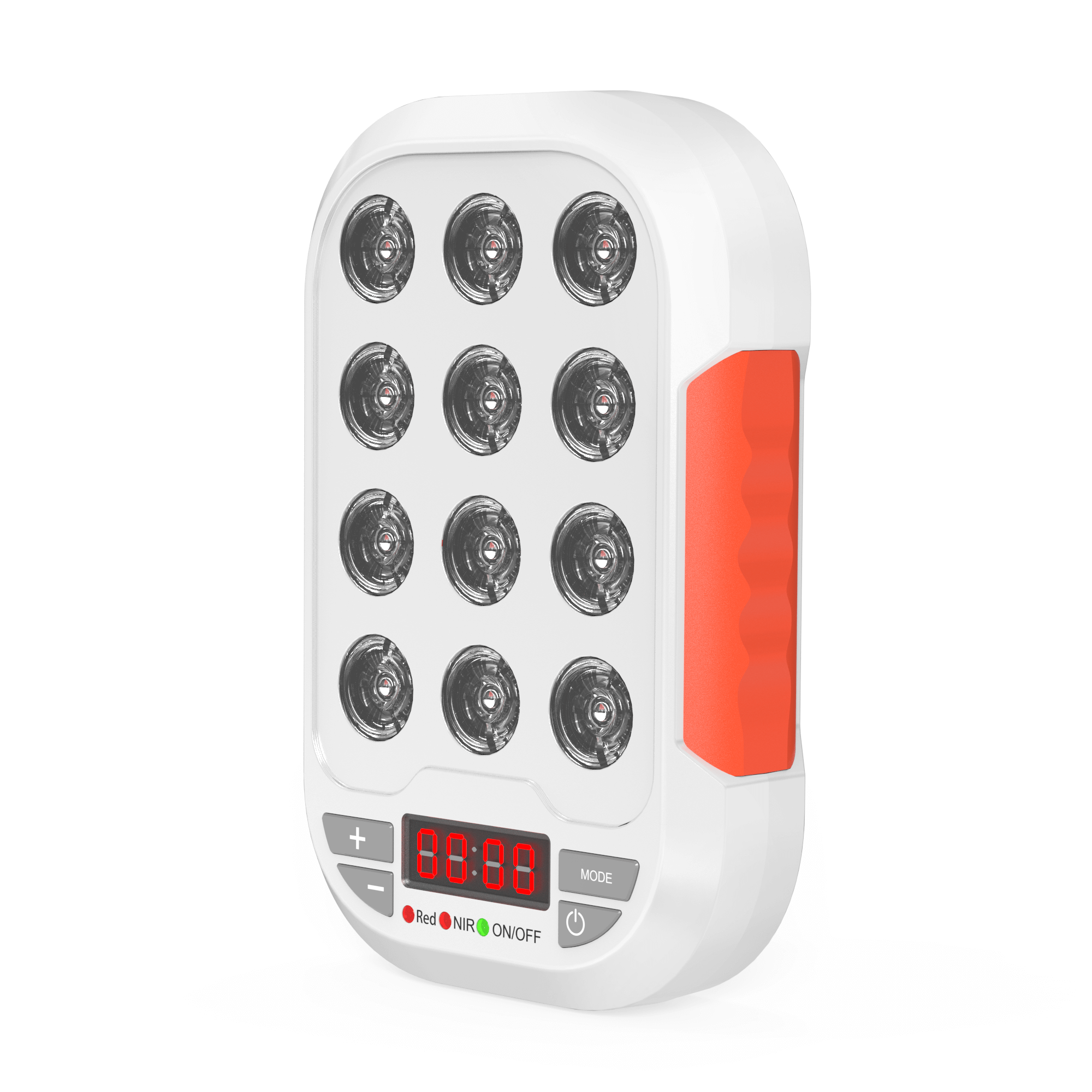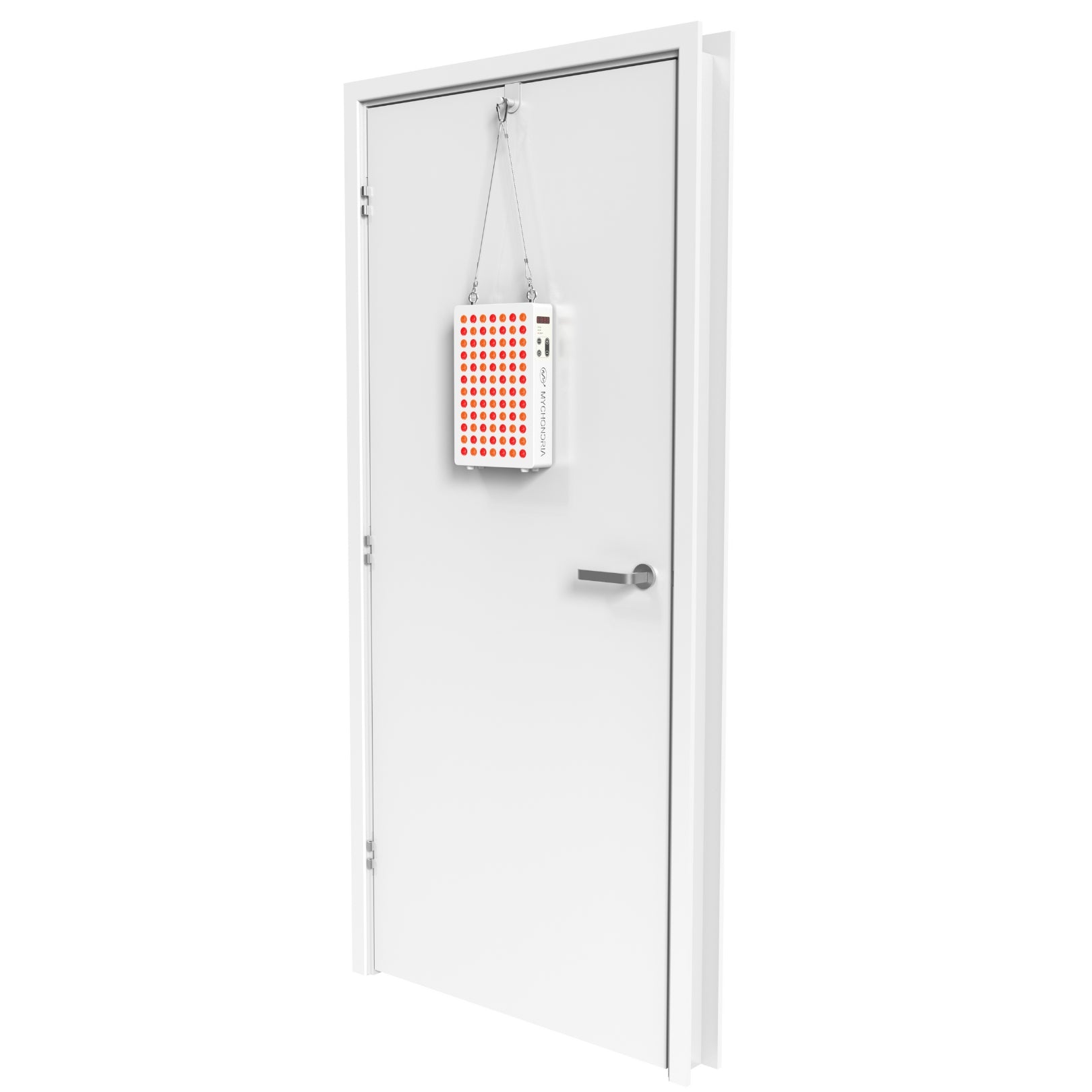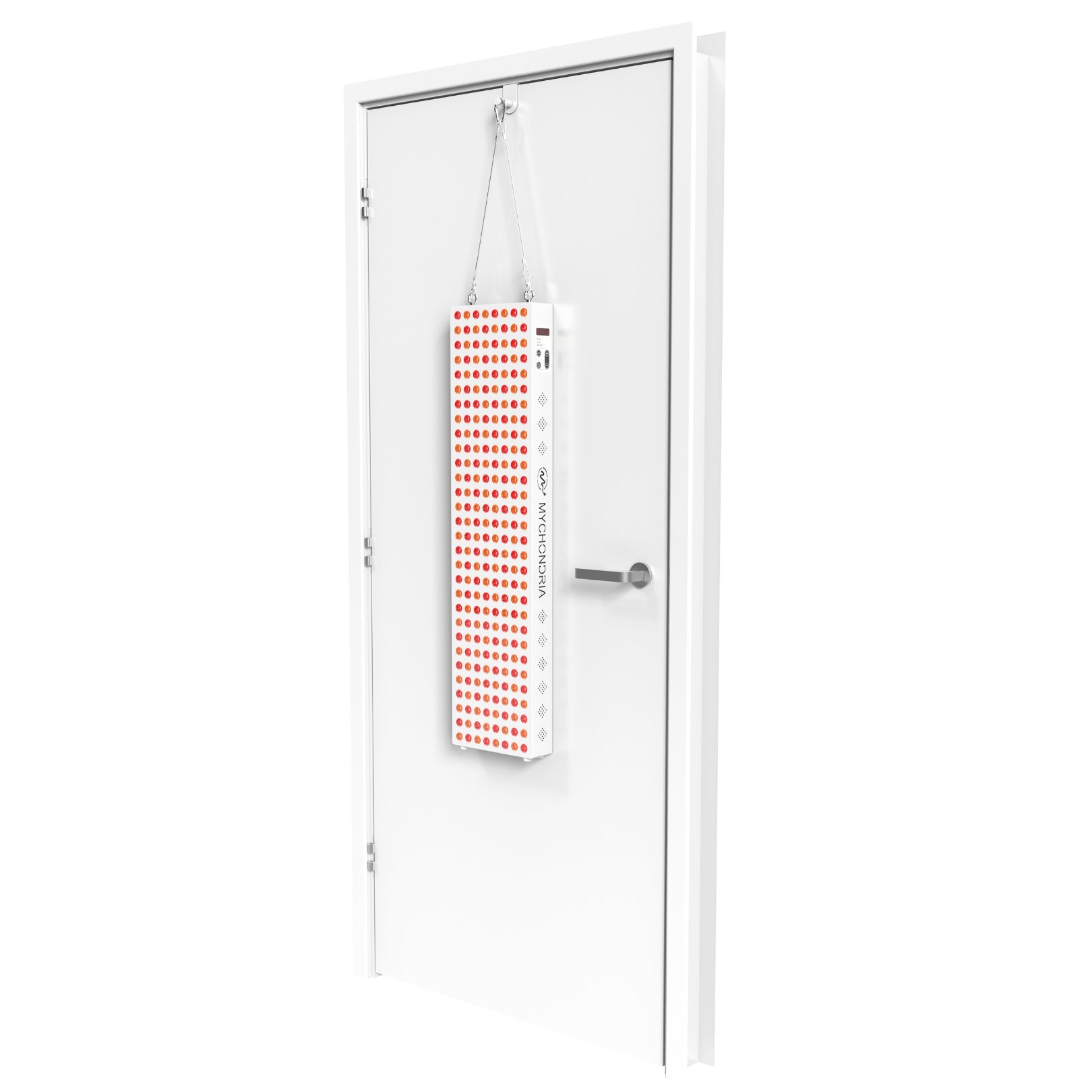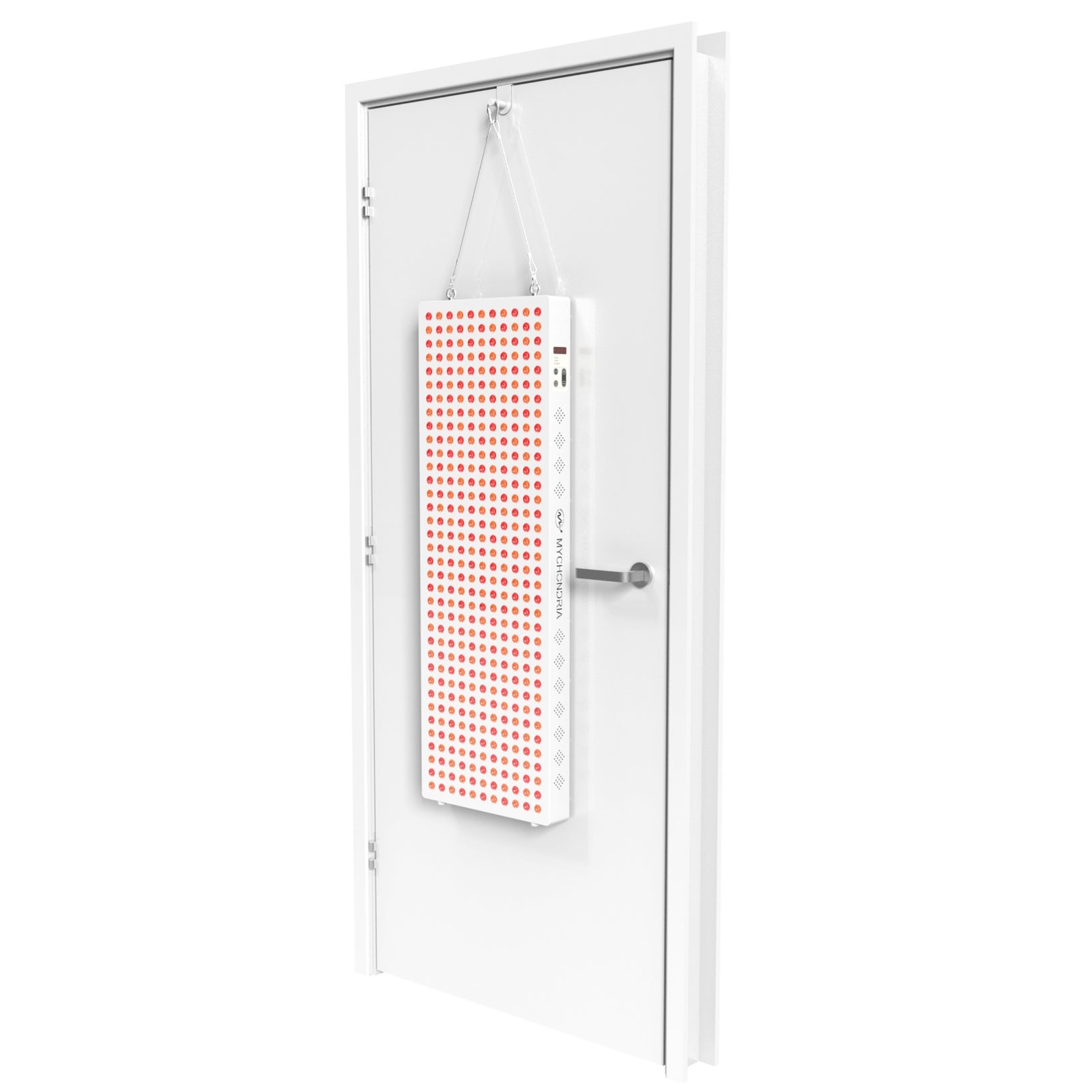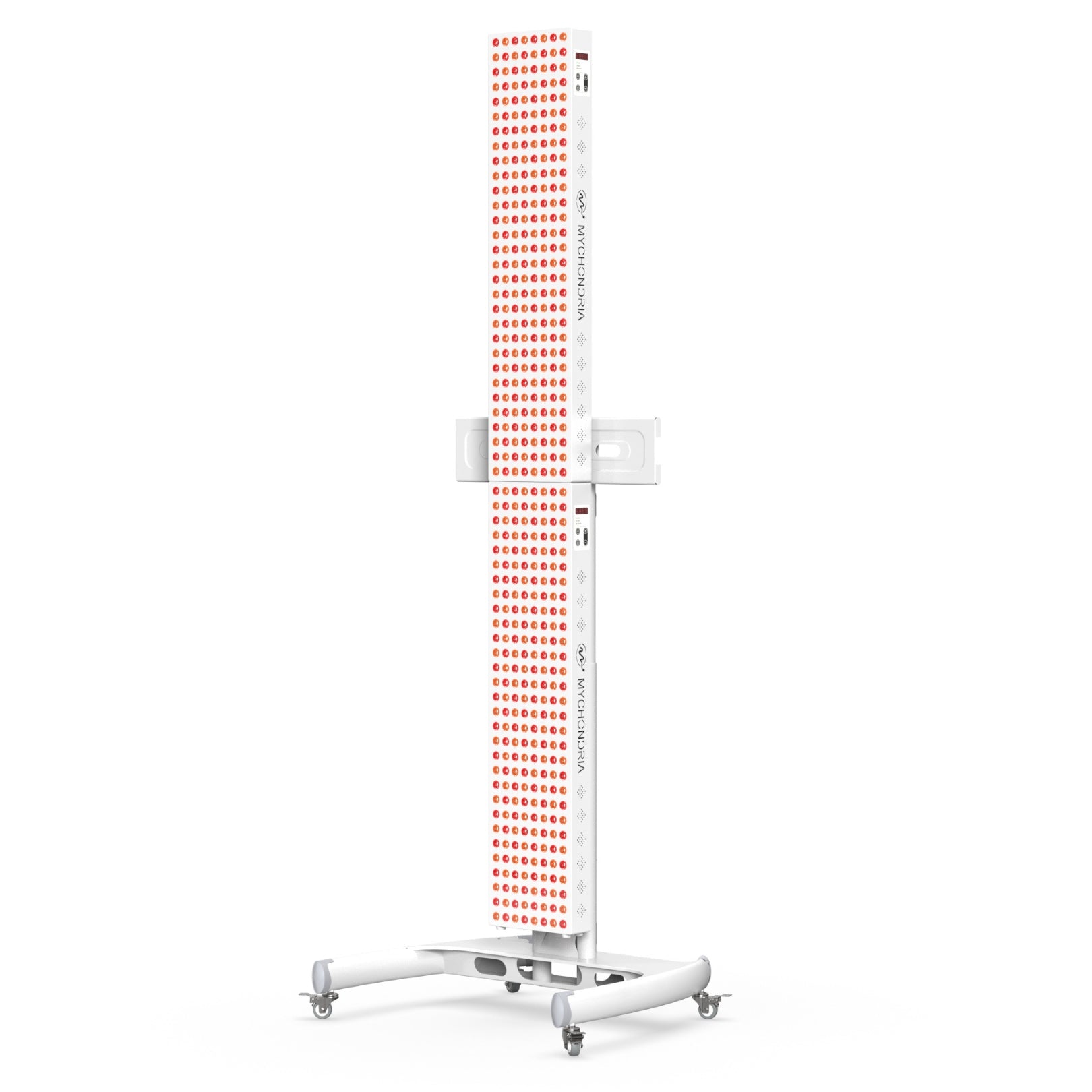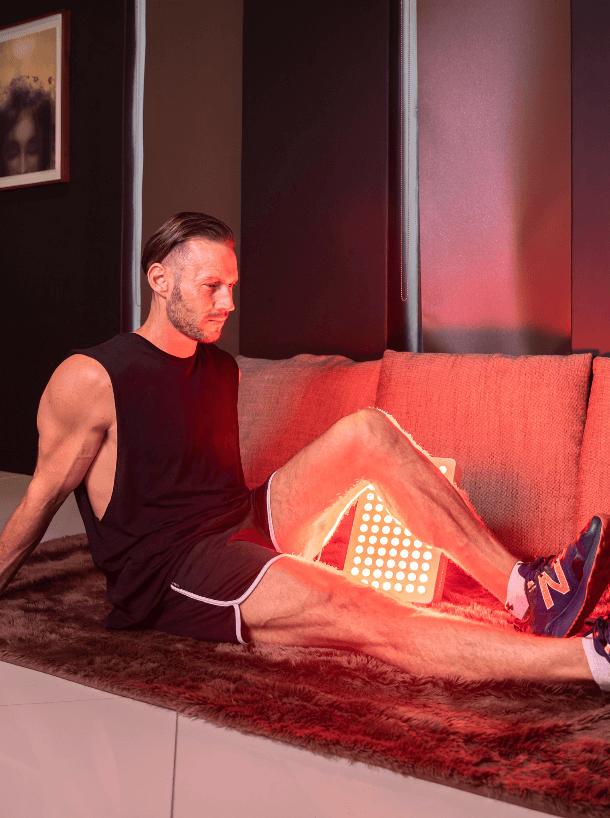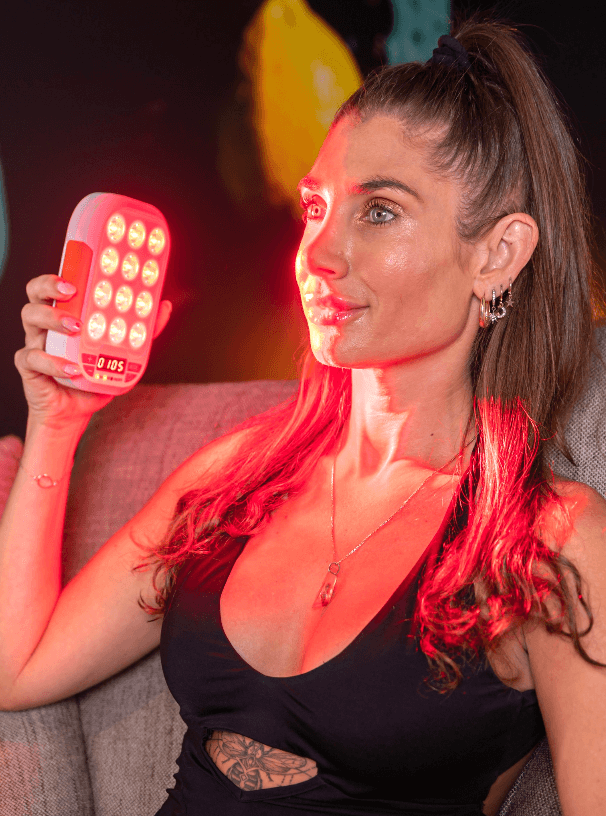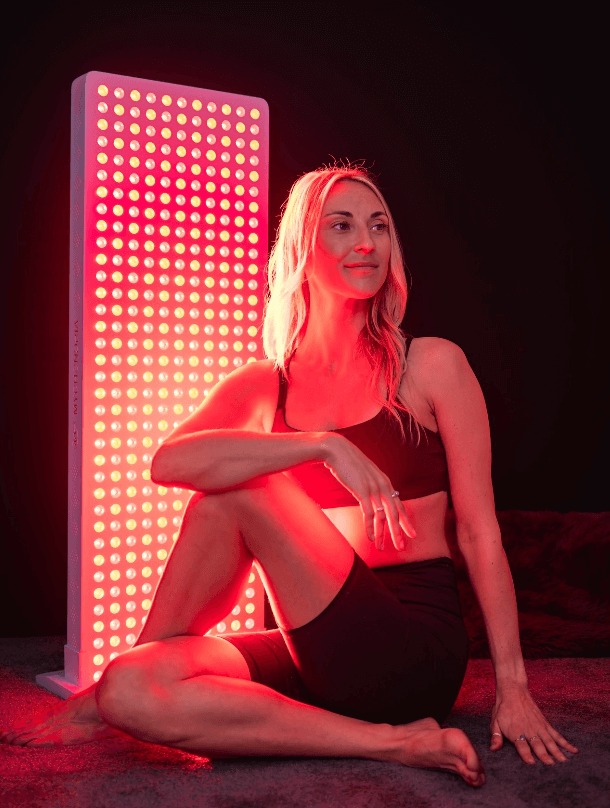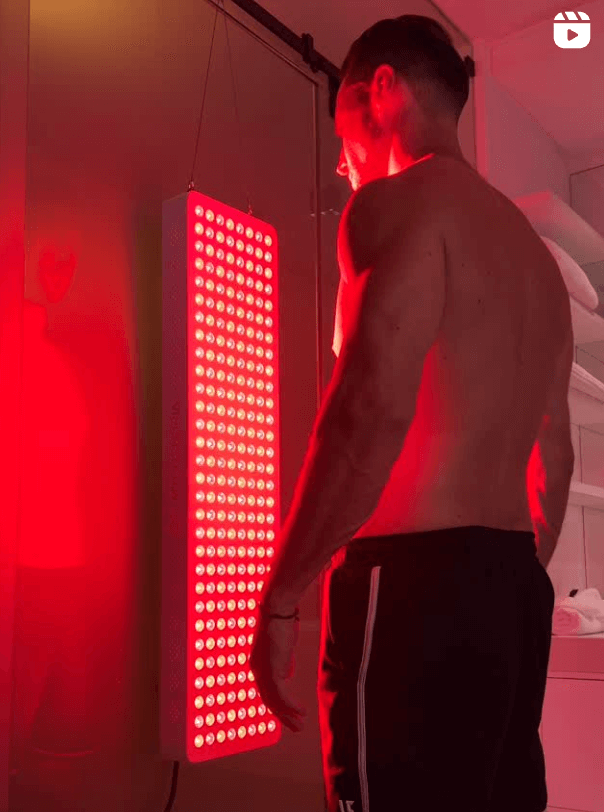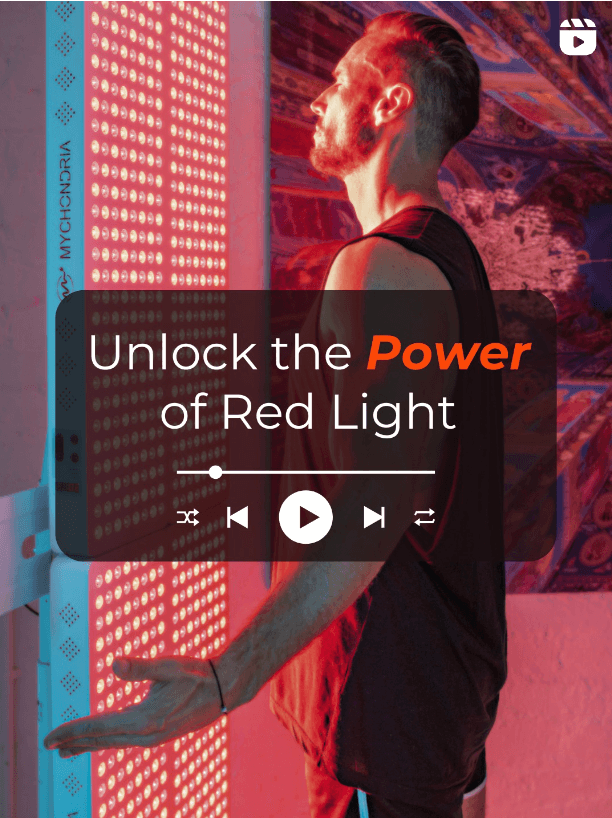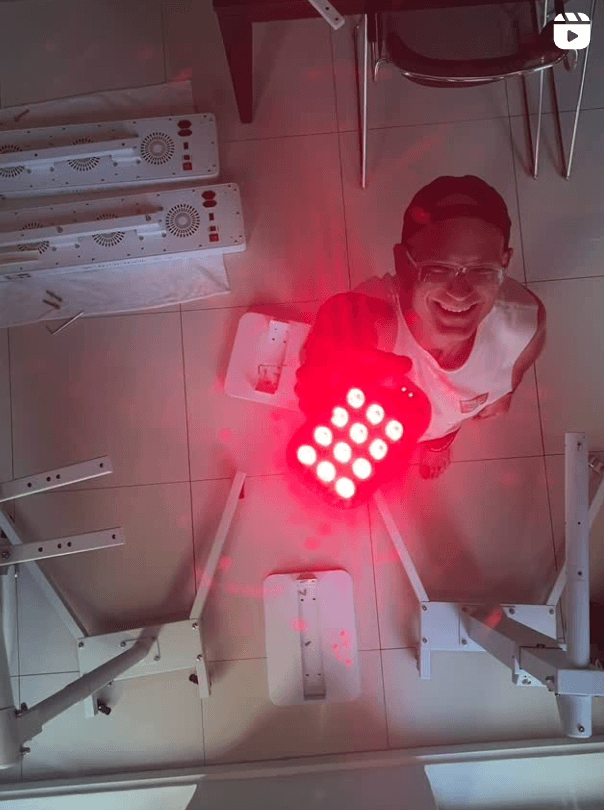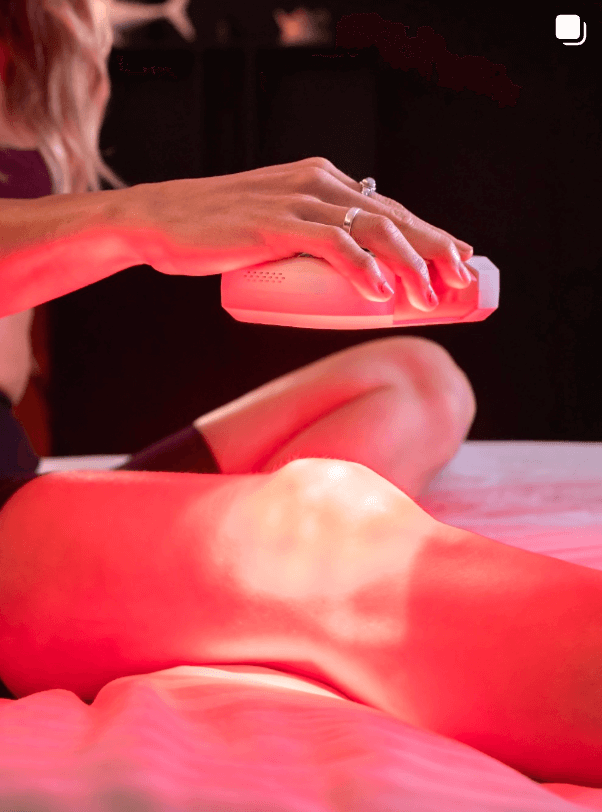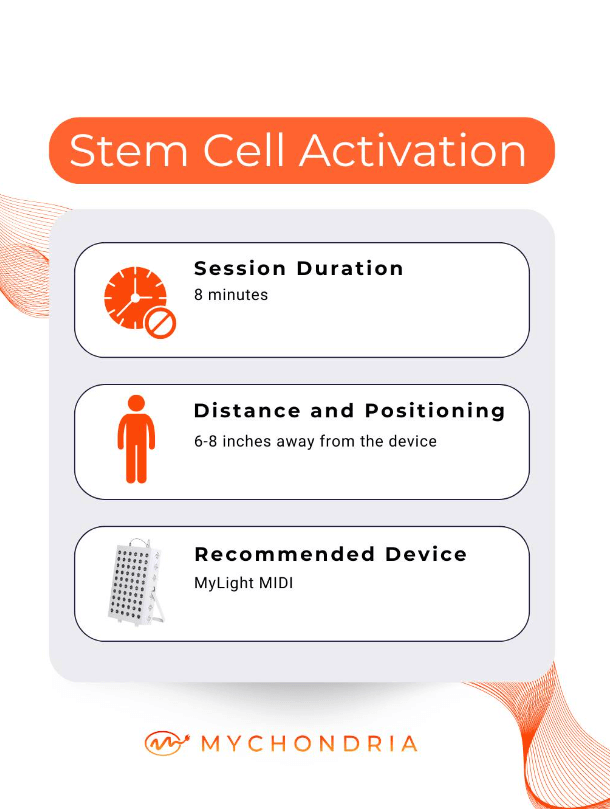What Is Red Light Therapy (And Why It’s Getting So Much Attention)
Red light therapy is gaining serious traction. It’s non-invasive, backed by science, and people are using it to support energy, healing, mood, and more.
But what actually is it? And how does shining red light on your body do anything?
📌 TL;DR:
- Red light therapy (RLT) uses specific red and near-infrared wavelengths to boost cellular energy and reduce inflammation.
- It works by targeting the mitochondria — the “engine” of your cells — helping them produce more energy (ATP).
- Benefits include improved skin, pain relief, faster recovery, and better mood and sleep.
- To see results, you need a device with clinical-grade light intensity and the right wavelengths — like Mychondria panels.
In this article, we’ll break down how red light therapy works, what the science says, and how to make sure you’re getting a device that actually delivers.
🌈 Shedding Light on the Spectrum
To understand red light therapy, let’s start with the electromagnetic spectrum.

This spectrum includes ultraviolet (UV), visible light, and infrared (IR). Red light therapy uses a specific part of the visible and near-infrared range — usually around 630nm, 660nm, and 850nm.
These wavelengths penetrate your skin and trigger a biological response at the cellular level.
🔬 How Does Red Light Therapy Work?

Red and near-infrared light interact with the mitochondria inside your cells. These are your body’s powerhouses — the parts that produce ATP (energy).
When red light hits them, it boosts their output. More energy = better function = healing, repair, and reduced inflammation.
Clinical research shows red light therapy can:
- 1. Boost energy production: Mitochondria produce more ATP (your body’s energy currency).
- 2. Improve blood flow: Helps oxygen reach your cells more effectively.
- 3. Reduce inflammation: By modulating inflammatory pathways at the cellular level.
- 4. Accelerate healing: Stimulates collagen and tissue regeneration.
- 5. Relieve pain: Supports the body’s natural endorphin release and nerve repair.
💡 Benefits of Red Light Therapy

Here are some of the most well-documented uses of red light therapy:
- 1. Skin rejuvenation: Helps reduce wrinkles, age spots, and acne scars.
- 2. Wound healing: Speeds up recovery from cuts, burns, and injuries.
- 3. Pain relief: Used in physical therapy for arthritis, joint pain, and back pain.
- 4. Hair regrowth: Supports circulation and hair follicle activity.
- 5. Mood and mental health: Early studies show benefits for depression and cognitive support.
- 6. Athletic recovery: Speeds up muscle repair and reduces soreness.
📉 Most Devices Fall Short
It’s easy for companies to talk about “clinically proven” results — but the truth is, most consumer-grade red light devices aren’t strong enough to match the results in the studies.
They lack the correct wavelengths, don’t produce enough intensity, or use cheap solar meters to inflate their numbers.
Want to learn why Mychondria’s devices consistently outperform others?
Read: The Mychondria Difference
🎯 Still Curious? Watch This
This video breaks it all down — how it works, how the body responds, and why light can be one of the most underrated health tools on the planet.
The Bottom Line
Red light therapy isn’t a gimmick. It’s a scientifically backed way to help your body perform better — whether you’re recovering, aging, or just trying to feel your best.
But the device you use matters. Make sure you’re using one that matches the specs seen in clinical trials.
🔥 Featured Product: MyLight MIDI 2.0
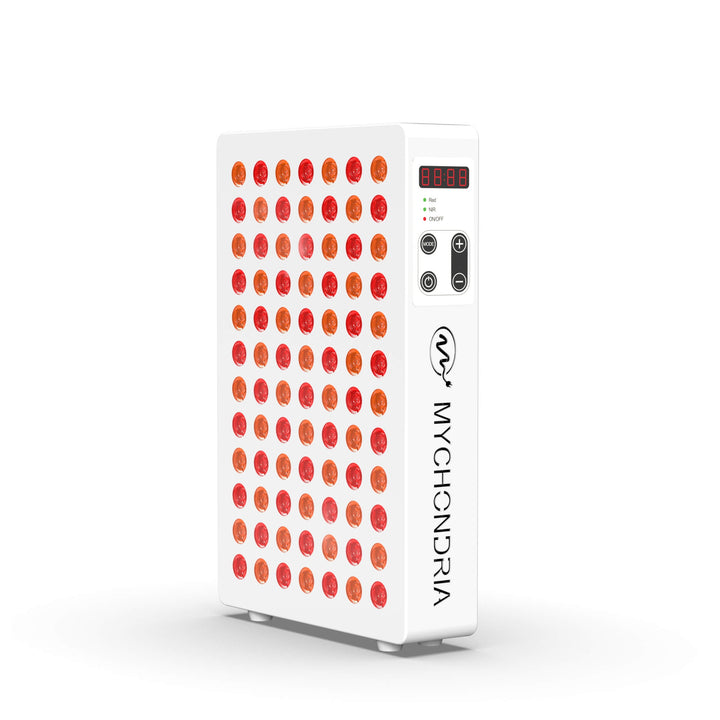
The MyLight MIDI 2.0 delivers real clinical power at 630nm, 660nm, and 850nm wavelengths — with true lab-tested intensity at 6 inches. No fluff. No gimmicks. Just results.
Shop Now